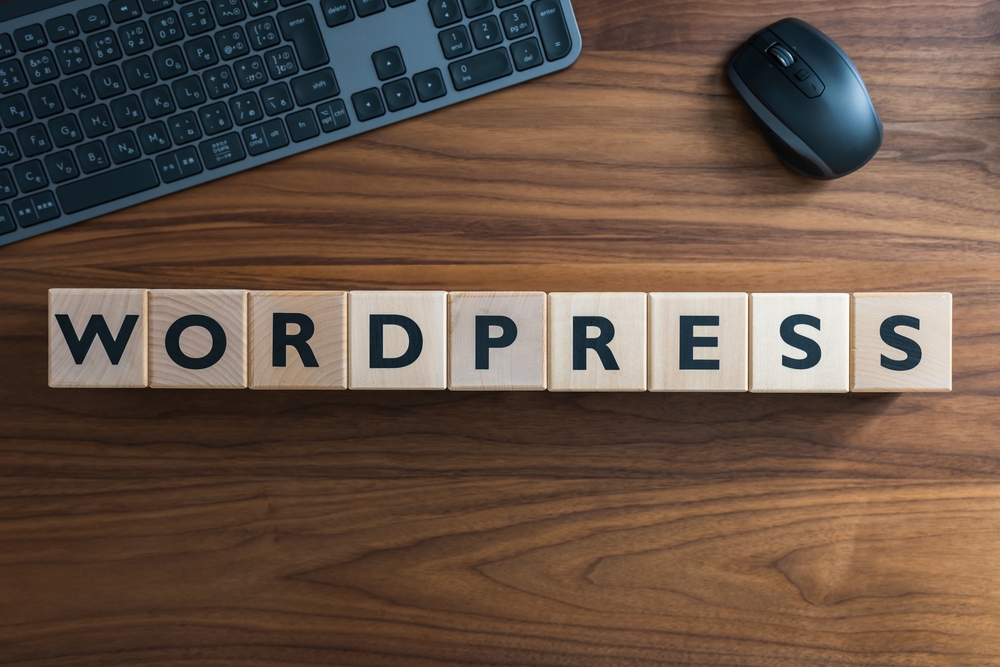
In today's digital age, blogging has become a powerful tool for individuals and businesses alike to share their thoughts, expertise, and experiences with a global audience. With the rise of social media and the increasing importance of online presence, having a blog can be a game-changer in reaching and engaging with blog your target audience. In this article, we will explore the power of blogging, how to create compelling content, and tips on growing your audience.
Why Blogging is Important
Blogging is a valuable tool for establishing yourself as an authority in your field. By consistently sharing high-quality content on your blog, you can showcase your expertise, build credibility, and attract a loyal following of readers who blog website trust your insights and recommendations. Furthermore, blogging can help drive traffic to your website, improve your search engine rankings, and generate leads for your business.
Additionally, blogging provides a platform for you to express your creativity, share your passion, and connect with like-minded individuals. It allows you to engage with your audience, receive feedback, and build a community around your brand. Blogging also offers a way to differentiate yourself from competitors and stand out in a crowded marketplace.
Creating Compelling Content
When it comes to creating content for your blog, quality is key. Your blog posts should be well-written, informative, and engaging to capture the attention of your readers. Here are some tips to help you create compelling content for your blog:
1. Identify your target audience and tailor your content to their interests and needs. Understanding who you are writing for will help you create content that resonates with your readers.
2. Choose relevant topics that are timely, interesting, and valuable to your audience. Research popular trends, industry news, and keywords to stay up-to-date with what people are searching for.
3. Write in a clear and concise manner, using simple language that is easy to understand. Break up your content with subheadings, bullet points, and images to make it visually appealing and easy to digest.
4. Use storytelling techniques to make weblog site your content more engaging and memorable. Share personal anecdotes, case studies, and examples to connect with your readers on a deeper level.
5. Incorporate multimedia elements such as videos, infographics, and podcasts to enhance your content and provide different ways for readers to consume information.
Growing Your Audience
Building an audience for your blog takes time and effort, but with the right strategies, you can attract more readers and expand your reach. Here are some tips to help you grow your blog audience:
1. Promote your blog on social media platforms such as Facebook, Instagram, Twitter, and LinkedIn. Share weblog website your blog posts, engage with your followers, and participate in relevant conversations to increase visibility and drive traffic to your website.
2. Collaborate with other bloggers, influencers, and industry experts to guest post on their blog site , participate in interviews, and cross-promote each other's content. Building relationships with others in your niche can help you reach a new audience and expand your network.
3. Optimize your blog for search engines by using relevant keywords, meta tags, and alt text on your images. Conduct keyword research to identify popular search terms related to your niche and incorporate them naturally into your content to improve your visibility in search results.
4. Engage with your audience by responding to comments, asking for feedback, and encouraging social sharing. Building a sense of community around your blog will foster loyalty among your readers and encourage them to return for more content.
5. Analyze your blog performance using tools such as Google Analytics to track your traffic, engagement, and conversion rates. Use this data to identify which types of content resonate with your audience and adjust your strategy accordingly to maximize results.
Frequently Asked Questions
1. How often should I post on my blog?
It is recommended to post consistently on your blog, whether that is once a week, twice a week, or once a month. The key is to maintain a schedule that you can realistically commit to and provide value to your readers with each post.
2. How can I monetize my blog?
There are several ways to monetize your blog, including affiliate marketing, sponsored content, selling digital or physical products, offering online courses or consulting services, and displaying ads. Choose monetization strategies that align with your audience and provide value to them.
3. How can I come up with blog post ideas?
Brainstorming blog post ideas can be challenging, but there are several strategies you can use to generate new content. Consider conducting keyword research, browsing forums and social media for inspiration, asking your audience for suggestions, and analyzing popular trends in your industry.
4. How long should my blog posts be?
There is no one-size-fits-all answer to this question, as the ideal length of a blog post can vary depending on your audience and topic. In general, aim for a word count of at least 500 words to provide enough depth and insight, but feel free to go longer if the topic warrants it.
5. How can I measure the success of my blog?
You can measure the success of your blog using key performance indicators such as traffic, engagement, conversion rates, social shares, and revenue. Set specific goals for your blog, track your progress, and adjust your strategy based on the data to continuously improve your results.
Other useful resources